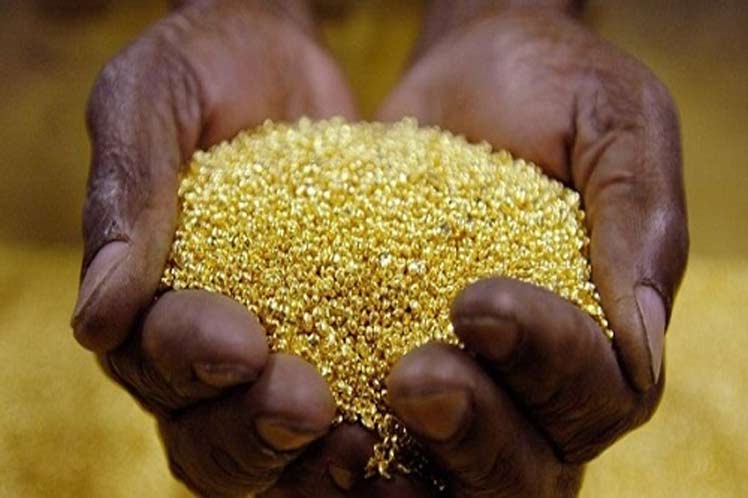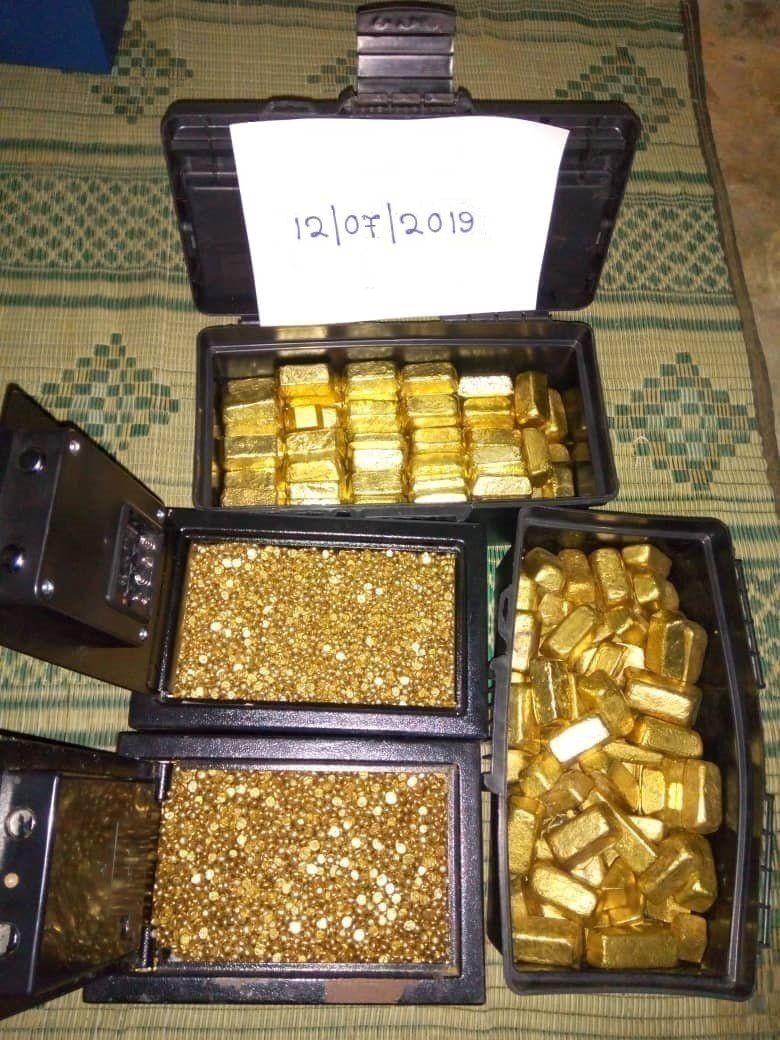OUR GOLD PROCESS
MINING MELTING TO DORE BARS DELEIVERY
This is a short text area to describe the project. Just write a few words about the purpose, inspiration or success of the project and let the images tell the rest of the story.
THE GOLD PROCESS
Hard Rock
- In this technique, miners use open wells or underground tunnels to retrieve gold from rocks.
Once mined, the GOLD then has to be extracted from the rock deposit through a multi-step process involving crushing the sediment to the size of sand grains. After applying a chemical solution to the ore in a process known as “leaching,” the mixture is heated in a smelter to 1600 degrees Celsius (2,912 degrees Fahrenheit). The gold, which is a heavier element, then sinks to the bottom and is removed from the “slag.
Once mined, the GOLD then has to be extracted from the rock deposit through a multi-step process involving crushing the sediment to the size of sand grains. After applying a chemical solution to the ore in a process known as “leaching,” the mixture is heated in a smelter to 1600 degrees Celsius (2,912 degrees Fahrenheit). The gold, which is a heavier element, then sinks to the bottom and is removed from the “slag.
Refining is the next step in the production of GOLD.
Most major bullion manufacturers purify the metal through one of two processes:
Electrolysis - Also known as the “Wohlwill Process,” electrolysis is when the metal is first cast into bars which are used as anodes in an electrolyte consisting of gold chloride and/or hydrochloric acid. When the electric current passes through the gold or silver, 99.99% pure metal is deposited at the cathode. This deposit is then washed, dried, melted, and poured into bars.
Pyrometallurgical chlorination - Also known as the “Miller Process,” pyrometallurgical chlorination is when chlorine gas is pumped into molten bullion. Base metals react with the chlorine to form chlorides, which either evaporate or rise to the surface to form a slag. Once purple fumes of chloride begin to appear, it is a sign that the metal has reached around 99.5 to 99.7 percent purity and the process is complete.
Electrolysis - Also known as the “Wohlwill Process,” electrolysis is when the metal is first cast into bars which are used as anodes in an electrolyte consisting of gold chloride and/or hydrochloric acid. When the electric current passes through the gold or silver, 99.99% pure metal is deposited at the cathode. This deposit is then washed, dried, melted, and poured into bars.
Pyrometallurgical chlorination - Also known as the “Miller Process,” pyrometallurgical chlorination is when chlorine gas is pumped into molten bullion. Base metals react with the chlorine to form chlorides, which either evaporate or rise to the surface to form a slag. Once purple fumes of chloride begin to appear, it is a sign that the metal has reached around 99.5 to 99.7 percent purity and the process is complete.














